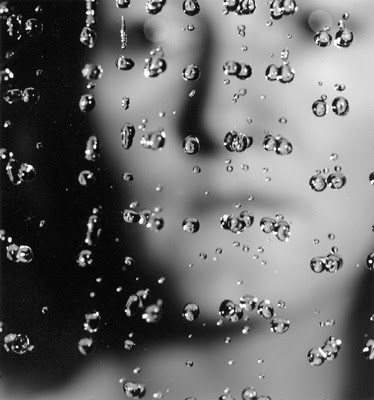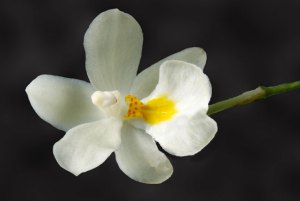An exhibition by Bill Bevan
When researching information about the Manchester Museum for a current module brief, I was excited to discover that a photography exhibition depicting the work of an archeology site at Stonehenge was on display. I have a great interest in British history and I think the work of archeologist's is incredibly important in uncovering our past, therefor I was curious to see how a photographer would portray this incredibly skilled profession.
http://www.museum.manchester.ac.uk/whatson/exhibitions/stonehengehengediggers/
The exhibition was located on the fourth floor in a small area which may unfortunately be overlooked by the general public. In his images, Bevan tries to capture the pace of an archaeological dig - The slower speed necessary in exploring the site and the decisive moments that happen on digs. Bevans images however surprised me in their simplicity. The light is flat in almost every shot and bevan shoots from mostly the same viewpoint. His images depict in a very clear way, exactly what is happening in a documentary style - shooting exactly as the scene appears.

I was surprised by the lack of interest both myself and fellow students had towards Bevans work. The images themselves did show in a very exacting way the work of the archeologist's, however the lack of any lighting techniques left the images looking a little bland and static. There was some depth of field used in some images however they had little impact on the effect of the overall shot. It would have been interesting if Bevan would have chosen to capture the emotions of the archeologist's on site as I believe this would have lead to a more exciting collection of images. Also some shots were very slightly out-of-focus throughout the whole image (in a way that was not intentional I believe) This lead to Bevans whole collection feeling somewhat amateur. The idea behind his images was very interesting, however I felt that a lack of technique lead to the exhibition lacking in creativity and interest and the shots started to look very static and flat. It would be interesting to look at Bevans previous work to establish whether this is in fact his style, or something he felt he wanted to capure on this particular shoot.
























